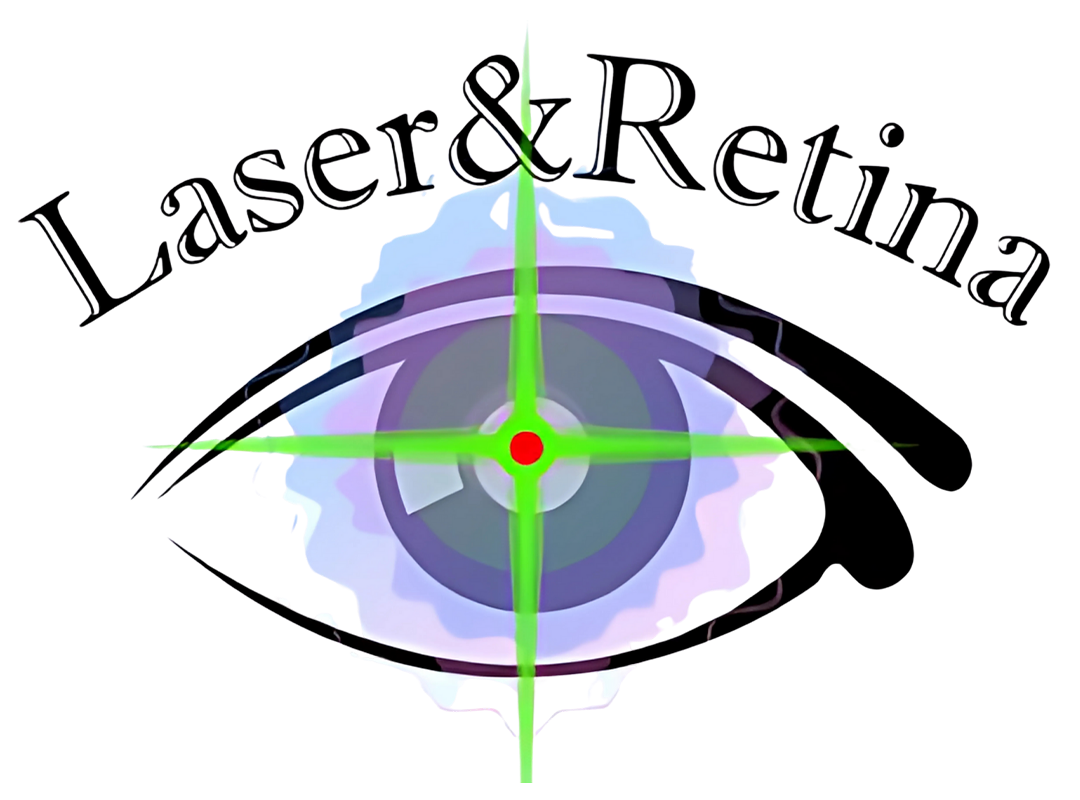Retinal Laser Photocoagulation
Retinal Laser Photocoagulation
Retinal laser photocoagulation is a medical procedure that uses a focused laser beam to treat the retina, the light-sensitive tissue at the back of your eye. It helps seal leaking blood vessels, shrink abnormal growth, or prevent retinal detachment.
This outpatient procedure is commonly used to preserve vision and prevent vision loss, especially in conditions like diabetic retinopathy, retinal vein occlusion, and retinal tears.
When Is Retinal Laser Done?
Your eye doctor may recommend laser treatment if you have:
- Diabetic Retinopathy – leaking or bleeding from abnormal blood vessels
- Branch or Central Retinal Vein Occlusion (BRVO / CRVO) – swelling or fluid in the retina
- Retinal Tears or Holes – to prevent retinal detachment
- Central Serous Retinopathy (CSR) – in chronic or recurrent cases
- Retinal Neovascularization – growth of fragile, abnormal vessels
Retinal Care
- Diabetic Retinopathy
- Retinal Detachment
- Retinal Vascular Occlusion
- Central Serous Retinopathy
- Age Related Macular Degeneration
- Macular Hole
- Epiretinal Membrane and Macular Pucker
- ROP
- Uveitis (Iridocyclitis, pars planitis, pan uveitis)
- Vitreo retinal surgery
- Retinal laser
- Intra vitreal injection
How Does It Work?
The laser delivers tiny, precise burns to the retina. Depending on the purpose:
- It can seal leaking vessels
- Reduce fluid buildup (macular edema)
- Destroy abnormal blood vessels
- Prevent retinal detachment by creating “welds” around a tear
What to Expect During the Procedure
- Done in a clinic setting, usually takes 10–30 minutes
- Eye is dilated and numbed with anesthetic drops
- You will sit at a laser machine, similar to a slit-lamp exam
- The doctor delivers laser spots while you look in certain directions
- Mild discomfort, but not painful
After the Laser
- Vision may be blurry or have spots/flashes for a few hours
- You may notice dark spots or a dimming in peripheral vision (normal)
- Return to normal activities the next day
- Use prescribed eye drops as instructed
- Follow-up in 1–4 weeks, depending on the case
Benefits of Retinal Laser
- Prevents vision-threatening complications
- Can stabilize vision in many chronic retinal diseases
- Often eliminates the need for surgery
- Can be repeated if needed
Possible Side Effects
- Temporary blurry vision or floaters
- Mild eye irritation
- Rarely: loss of peripheral or night vision, scotomas, or bleeding
Your ophthalmologist will explain the risks and benefits before the procedure.
Frequently Asked Questions
The goal is usually to prevent further vision loss, not necessarily improve vision. In some cases, like CSR, it can help restore clarity.
It's generally painless. Some patients feel a mild pricking or warm sensation.
Yes. It’s an outpatient procedure. You can resume most activities the same day.
Laser spots are permanent, but new leaks or tears may occur over time, needing repeat treatment.
Patient Guide Download
Want to read more? Download this trusted guide from the National Eye Institute:
Retinal Care
- Diabetic Retinopathy
- Retinal Detachment
- Retinal Vascular Occlusion
- Central Serous Retinopathy
- Age Related Macular Degeneration
- Macular Hole
- Epiretinal Membrane and Macular Pucker
- ROP
- Uveitis (Iridocyclitis, pars planitis, pan uveitis)
- Vitreo retinal surgery
- Retinal laser
- Intra vitreal injection
